In this in-depth guide, we’ll explore the best vegetables to plant in July for Zone 6, ensuring you can enjoy a robust autumn harvest.
Beets

Beets are one of the most rewarding root vegetables to plant in July. Known for their vibrant color and earthy flavor, these nutritious gems can be directly sown into the soil with ease. Ideal for Zone 6, beets flourish in the warm soil that July provides, typically germinating in about 7 to 14 days. When planting, ensure the rows are spaced around 12-18 inches apart with seeds sown about 1 to 2 inches apart. When the beets are about 2 inches tall, thin them to give each plant the space it needs to grow robustly. Beets can be harvested as baby beets for a tender treat or left to develop into bigger, more mature roots for a heartier dish.
Broccoli

Though known as a cool-weather crop, savvy gardeners in Zone 6 can still plant a late summer crop of broccoli in July. By choosing varieties with shorter maturation periods—like ‘Arcadia’ or ‘Green Magic’—you can enjoy fresh broccoli in the early fall. Start seeds indoors if you’re aiming for an earlier harvest, or sow them directly into the garden ¼ to ½ inch deep. Space the plants 18 inches apart in rows that are 24 inches apart for optimal growth. Water regularly, and consider using shade cloth during particularly warm days to prevent the plants from bolting. The key to success with broccoli in the heat of July lies in providing them consistent moisture and cooler conditions as they mature.
Brussels Sprouts
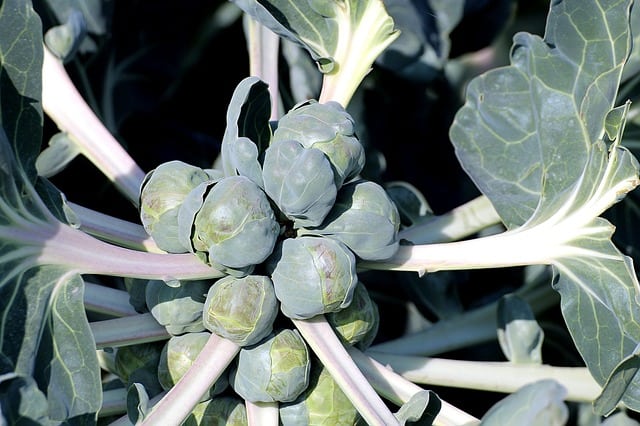
For those interested in an autumnal harvest, Brussels sprouts are a fantastic choice for July planting. These hardy little cabbages thrive in cooler temperatures but can be started in the heat with a little care. Plant seeds directly in the garden or start them indoors in biodegradable pots for an early start. Space them about 24 inches apart as they will require room to reach maturity. Keep the soil moist, and utilize mulch to keep the roots cool as temperatures rise. With patient nurturing, you will be rewarded with sweet, crunchy sprouts that taste best after the first frost, as the chill enhances their flavor.
Cabbage

July is an ideal time for planting cabbage if you choose quick-maturing varieties such as ‘Early Jersey Wakefield’ or ‘Flat Dutch.’ These types can be sown directly into the garden, or you can begin them indoors for transplanting later. For optimal growth, plant in fertile, well-draining soil and provide at least 12 to 24 inches of spacing. Cabbage will thrive when shaded during the hottest parts of the day, so consider intercropping with taller plants or using row covers. With consistent watering and care to ward off pests like aphids, your cabbage will reward you with crisp heads perfect for slaw or hearty dishes.
Carrots
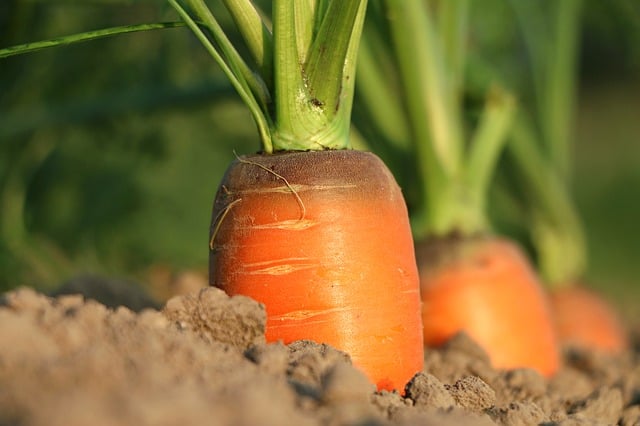
Carrots are a versatile vegetable that can be sown throughout the growing season, and July is no exception. Choose short or medium varieties for quicker maturation in the warm soil, like ‘Nantes’ or ‘Amsterdam Forcing.’ Carrots prefer loose, sandy soil that allows their roots to grow without obstructions. Plant seeds directly about ¼ to ½ inch deep, maintaining a row spacing of 12 to 18 inches. Regular watering is vital, especially in the early stages, to keep the soil consistently moist until germination. While the wait for full-sized carrots can take time, the satisfaction of pulling a fresh batch from the garden is worth every moment.
Cauliflower
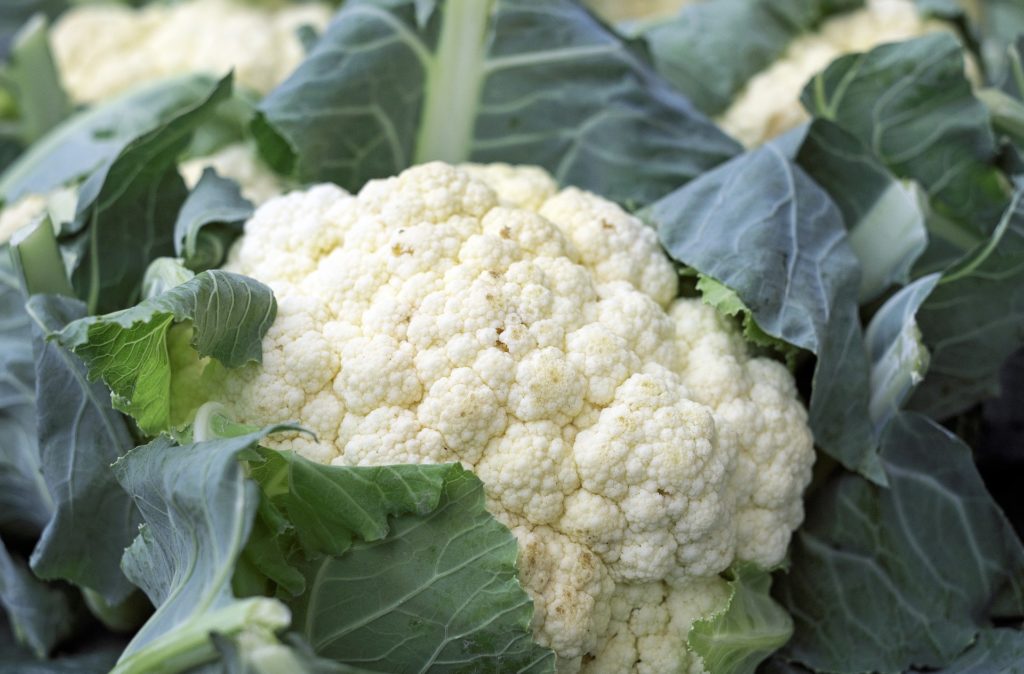
Similar to broccoli, cauliflower can be planted in July in Zone 6 for a late-season harvest. Opt for early varieties, such as ‘Snowball’ or ‘Cheddar,’ that will mature quicker and resist the heat better. Start them indoors or directly in the garden about ½ inch deep, ensuring a spacing of 18 inches between plants. Cauliflower loves a nutrient-rich environment; enriching your soil with compost can promote robust growth. To retain moisture and prevent bolting during hot spells, consider using shade cloth for protection. Harvest your cauliflower heads as they form, and enjoy their unique flavor in stir-fries and casseroles.
Kale

Kale is one of the easiest leafy greens to grow, making it an excellent candidate for July planting. Whether you opt for traditional varieties like ‘Winterbor’ or trendy types like ‘Lacinato,’ this nutrient-dense vegetable thrives in the warm months. Sow kale seeds about ¼ to ½ inch deep, spacing plants at least 12 inches apart to allow for generous leafy growth. With consistent moisture and some protection from the sun during extreme heat, kale will grow rapidly. It’s a great crop for successive harvesting—pick the outer leaves while leaving the inner leaves to continue growing.
Kohlrabi
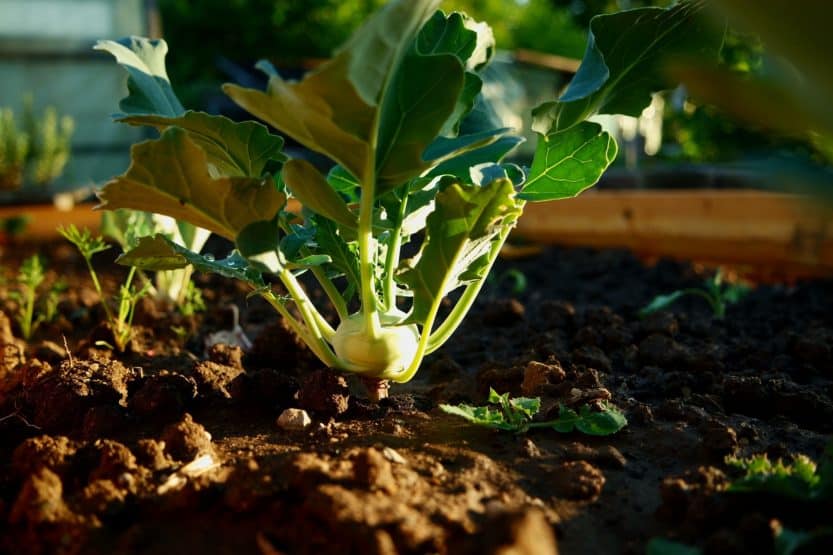
Kohlrabi, known for its bulbous shape, adds an intriguing element to any garden. Planting in July provides the opportunity to enjoy its sweet, crunchy texture in late summer without the wait of many other crops. Directly sow kohlrabi seeds about ½ inch deep with a spacing of 12 inches apart. As they mature, ensure regular watering but avoid waterlogging. Harsh sun exposure can be mitigated with light shade; this will help prevent the bulbs from becoming woody. Kohlrabi is not just visually appealing; it can be eaten raw in salads or cooked in stir-fries, giving your meals a unique twist.
Lettuce

Lettuce is traditionally associated with cooler growing seasons, but many varieties can thrive when planted in July. Opt for heat-resistant types such as ‘Buttercrunch’ or ‘Romaine’ to ensure a successful crop. Sow seeds directly into the soil about ¼ inch deep, ensuring adequate spacing to promote airflow and reduce the risk of disease. Early morning is the ideal time for watering lettuce to keep it hydrated during the heat of the day. You can begin harvesting leaf lettuce about four weeks after sowing; continue picking the outer leaves to encourage growth. There’s nothing quite like a fresh, crisp salad on a hot summer evening.
Radishes
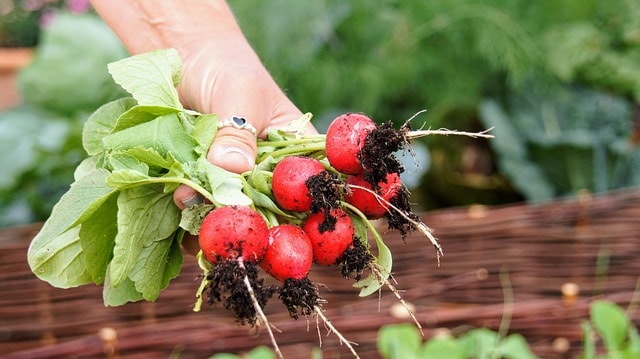
Radishes are a classic quick-turnaround vegetable that loves the warm July soil. They are perfect for novice gardeners due to their minimal care requirements and rapid growth. Choose quick-maturing varieties like ‘Cherry Belle’ or ‘French Breakfast’ for an early harvest. Sow seeds ½ inch deep and 1 inch apart, allowing for proper spacing as they develop. Radishes often germinate within a week, providing about a 3-4 week turnaround for harvest. They’re a delightful treat for salads, adding a crunchy texture with a slight peppery flavor. Their rapid growth allows you to plant multiple rounds throughout the summer.
Rutabaga

Rutabaga, a hardy root vegetable, is well-suited for planting in July in Zone 6. This crop thrives in the cooler months, giving you a good head start on an autumn harvest. Sow seeds directly into the ground ½ inch deep, providing at least 12 inches of spacing to allow the large roots room to grow. Rutabagas like well-draining soil enriched with organic matter, which can help them develop their sweet flavor. They require consistent watering, especially during dry spells. As with other root vegetables, be patient and wait for the tops to grow sturdy, indicating that your rutabagas are ready for harvesting. You can enjoy them mashed, roasted, or as a delightful addition to hearty soups.
Swiss Chard
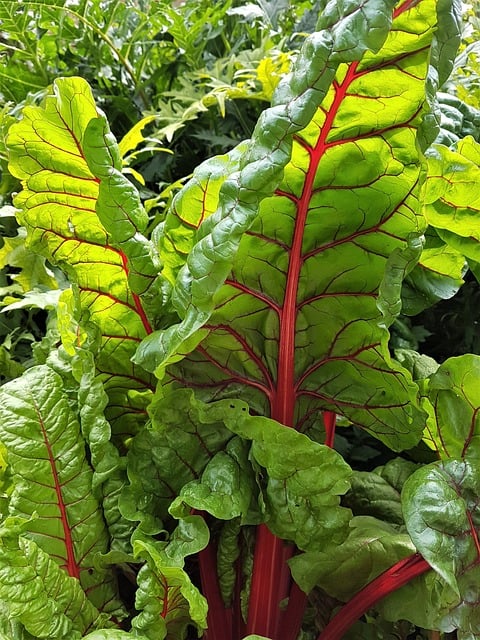
Swiss chard is a nutrient powerhouse that can be planted in July for a fall harvest. Known for its vibrant colors and delicious leaves, this leafy green is perfect for stir-fries, salads, or as a side dish. Sow seeds directly in the garden about ½ inch deep, with a spacing of 12 inches between plants. Swiss chard loves fertile soil, so consider mixing in compost or well-aged manure before planting. With regular watering and some care to protect from extreme heat, you can enjoy chard throughout the summer and fall. The best part about chard is that young leaves can be snipped regularly, promoting continual growth.
Turnips
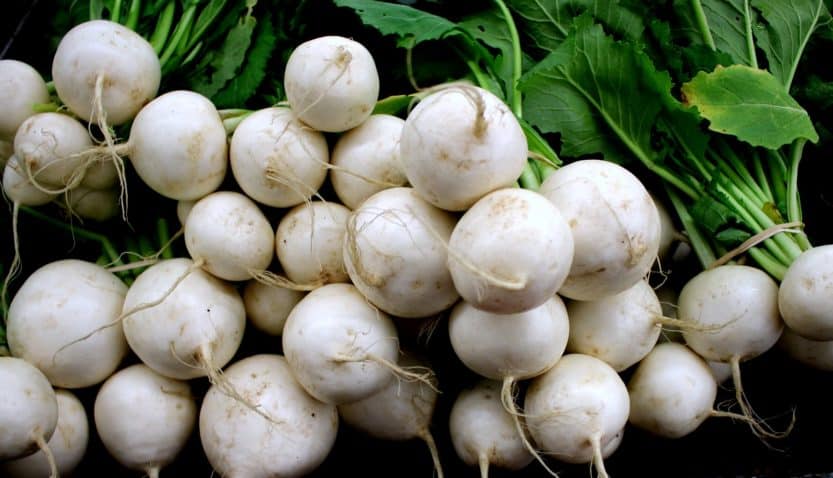
Turnips are another root vegetable that gardeners should consider planting in July. With their hardy nature, they thrive in cooler conditions and can be harvested in autumn. Directly sow seeds about ½ inch deep and 3 inches apart in rows spaced 12-18 inches apart. Turnips prefer well-drained soil filled with organic matter, making them easy to grow in various conditions. They require consistent moisture, especially in the early stages. Not only are turnips delicious mashed or roasted, but the greens are also edible and highly nutritious—perfect for salads or sautéing.





